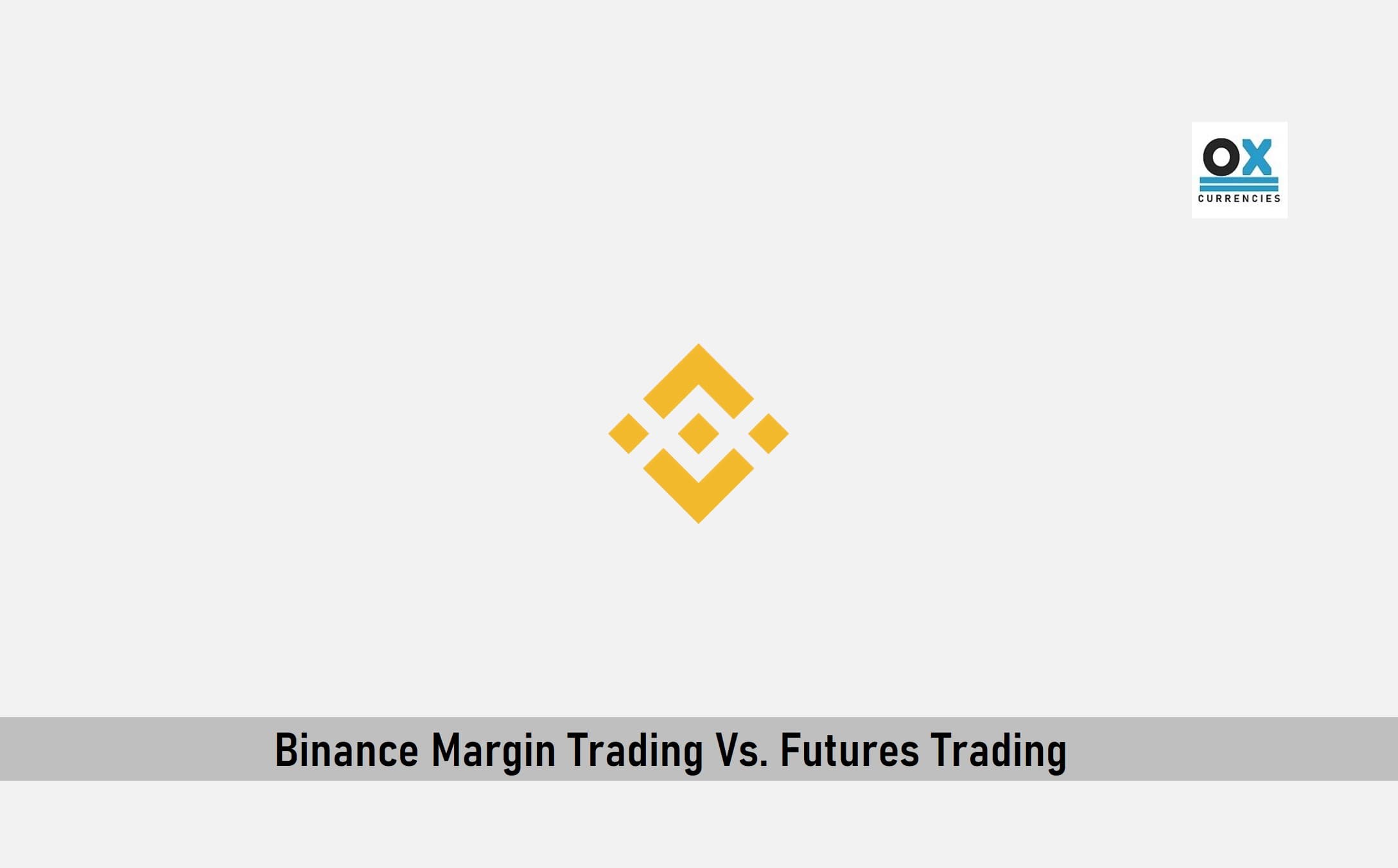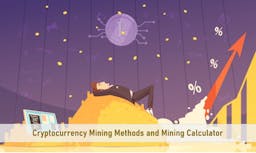
Binance Margin Trading and Futures Trading are two quite similar trading mediums with different characteristics and functionalities.
Binance Margin trading is a way of buying and selling crypto assets that enable investors to access larger amounts of capital to leverage their positions.
Margin trading essentially amplifies trading results so that traders can make more money on profitable trades.
An agreement to buy or sell the underlying asset at a preset price in the future is known as a futures contract.
Going long or short on a futures contract allows traders to profit from market moves when trading futures. Quarterly and perpetual futures contracts are the two categories into which Binance futures contracts are separated based on the various delivery dates.
Leverage is a tool that users of margin and futures trading can employ to increase their profits. But how do the two goods differ from one another?
In this post, we will take a look at the difference between the Binance margin trading and features trading.
Key Takeaways
• Margin trading is ideal for traders who don’t have enough funds to start their trading.
• Leverage can enormously boost your returns while you have little capital.
• Futures trading, seems to be the better choice for long-term traders looking for financial certainty.
• Leverage can shield investors from financial shocks to prevent prolonged drawdown periods of their portfolio.
How Binance Margin and Futures Trading works
Binance margin trading enables users to open cryptocurrency bets by borrowing money. Additionally, it permits traders with more capital to leverage their holdings.
Therefore, traders can now notice more trading gains on their profitable positions as a result of margins. And it’s important to keep in mind that you will be taking on greater risk as well.
Contrarily, futures contracts are legally binding agreements to acquire or sell the item they stand in for at a later date for a fixed price.
Futures traders will take part in the market by holding a long or a short position on a futures contract.
Contracts on Binance are categorized according to their delivery dates, or the day you should hypothetically acquire or sell the asset. Typically, these are perpetual or quarterly futures contracts.
Both margins and futures contracts allow traders to employ leverage to make larger gains. Naturally, this also means that you will take a higher risk in both situations.
Retail investors who exclusively focus on real asset trading frequently have questions about how these markets operate.
Although it might occasionally appear difficult, the difference between Binance margin and futures trading is straightforward, and so we will take a look at the difference between both methods.
Check out how to earn crypto from Binance.
Margin vs. Futures: Buying and Selling
The market where assets and financial instruments, such as currencies, commodities, and stocks, are traded instantaneously and on the spot is known as the spot market. Thus, all orders for margin are spot orders.
While the derivatives market is where futures contracts are transacted. A futures contract’s trading is predicated on the delivery of an asset at a later time.
Futures contracts are essentially speculation on the future price of the underlying asset because they are not exchanged immediately. As a result, trading in futures contracts and margin accounts takes place on separate marketplaces.
Leverage
The Binance platform gives margin traders access to leverage ranging from 3 to 1 to 10 to 1. Whether you are using what is referred to as an isolated margin or a cross margin will determine the multiplier that is available to you as a margin trader.
Therefore, if you are using Isolated Margin mode and the unfortunate situation arises when your entire trading position is liquidated, you will only lose the Isolated Margin balance.
Cross margin is the other type of margin trading. In this option, your whole balance is distributed among all of your holdings.
With an isolated margin, however, the trader runs the risk of losing both the whole margin balance and any open positions if things go bad and he is liquidated.
On the other hand, futures contracts do not have this kind of restriction. Trading on Binance is permitted with leverage up to 125 to 1.
Risk Management
The cryptocurrency market is renowned for its price fluctuation. Regardless of whether it’s Bitcoin or another smaller altcoin, volatility will always exist, making it very challenging to forecast any future price.
And that’s why most investors go with margin trading, due to the volatile nature of the crypto market. Risks are better managed under this strategy.
Collateral Allocation
Both Binance Futures and Binance Margin Trading offer “Cross Margin” and “Isolated Margin” modes for traders to choose from.
To fairly distribute the collateral and control risks, traders might allocate their capital to isolated or cross positions.
Trading Fee
Intense swings in price occur from day to day. For example, if the price of bitcoin dropped by over 10% before rising 15% less than a week later.
It is easy to understand why setting the price for your futures can be difficult in such a volatile market.
Price prediction in such a turbulent market is a risky game, and you don’t want to gamble with your money, do you? Or, if you do, at least do it correctly. This is why the majority of traders favor margin trading.
Margin trading still carries risk, but cryptocurrency traders prefer it because they feel like they have more control. This type of trading allows a trader to act quickly and sell at the perfect time when the price is rising.
Since, as I previously stated, margin trading takes place in the spot market.
It offers a simple approach to selling as a fix for any issues, lowering risk and giving traders greater freedom and control over their investment.
Summary Of Difference: Binance Margin Trading Vs Futures Trading
| Description | Binance Margin Trading | Futures Trading |
| Buying and selling | Trading is carried out on the spot market. | Trading is done in the derivatives market |
| Leverage | Users get leverage ranging from 3 to 1 or 10 to 1. | Users get leverage ranging from 125 to 1. |
| Risk management | Risk can be managed. | Risk is high and not easily managed. |
| Collateral Allocation | Offers both cross and isolated margins. | Offers both isolated and cross margins. |
| Trading fees | Trading fees are easy to ascertain. | Trading fees changes due to the volatile nature of the crypto market. |
Final Thoughts
In conclusion, margin trading seems more favorable. Of course, there is still a risk, but traders are better at managing it. Being traded on the spot market gives you more control over your finances.
Due to how simple it is to profit, in my opinion, the potential is just far greater, especially given the stunning Bull Runs we saw with cryptocurrencies like Bitcoin.
On the other hand, if you are a seasoned futures trader, you might want to have a look at crypto futures.
Not everyone enjoys making predictions about the price of the underlying asset in the future, but if you do, go for it. Considering how unstable cryptocurrency prices are, you should be sure of your skills and perhaps hope for luck.
Read More




